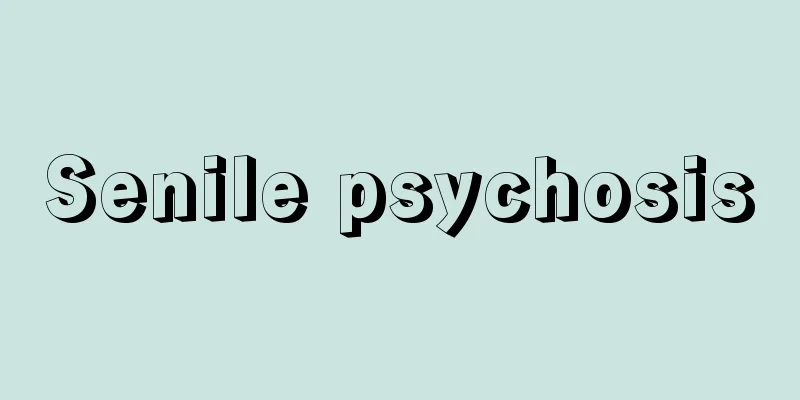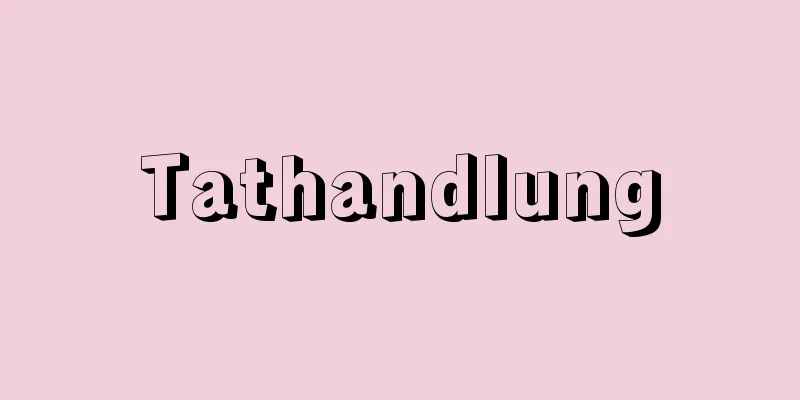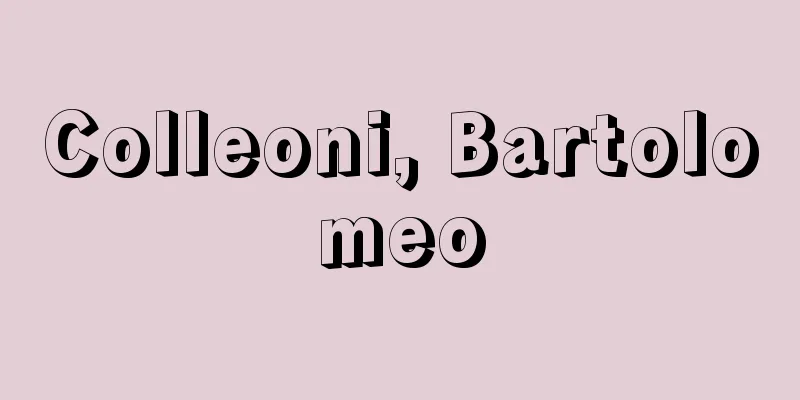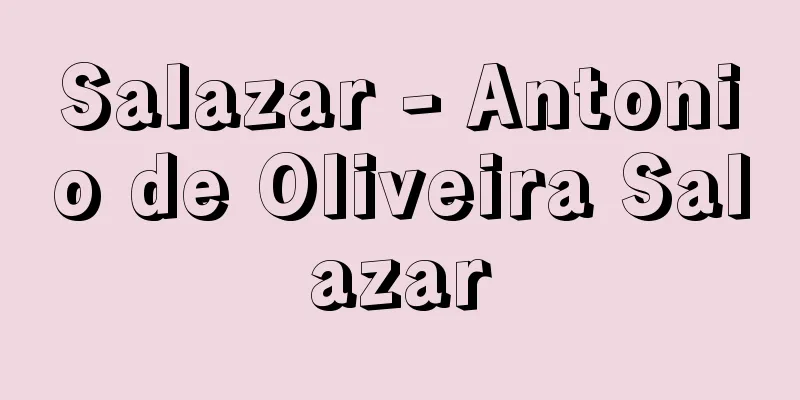Giorgione - Giorgione (English spelling)
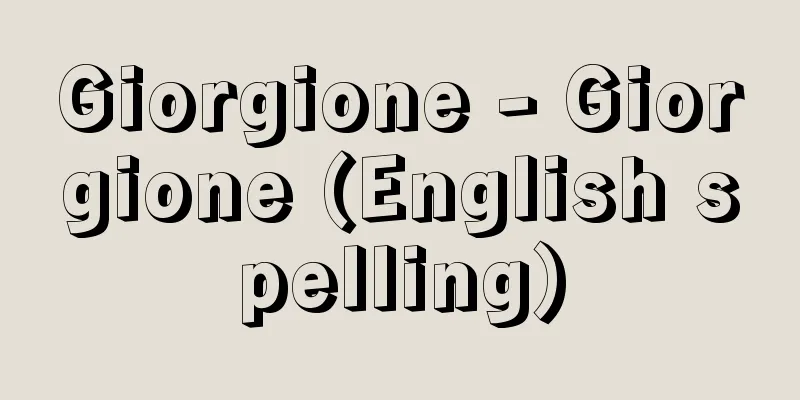
|
A Venetian painter of the Italian High Renaissance. Giorgione was his nickname. His real name was Giorgio da Castelfranco, and he was born in the small village of Castelfranco Veneto in northern Italy. This painter died at a young age, leaving many questions unresolved about his life and the attribution of his works. He went to Venice around 1495 and first trained under Giovanni Bellini, but after he became independent, he often painted small oil paintings, which is said to be because he was not from Venice and was not offered the church work he wanted. Two of his works that are particularly noteworthy in art history are those that feature figures in landscapes. One of them, "The Storm" (Accademia Gallery, Venice), is a purely landscape painting with a background figure that looks like a shepherd family in the foreground, but the vivid color depiction of nature clearly conveys an atmosphere that suggests the arrival of a storm. Another work, Pastoral Concert (Louvre, Paris), features two clothed men and two nude women in a natural setting, with the soft contours of the bodies bathed in gentle light blending well with the colors of the background. Records attest to his having painted a mural in front of the Fondaco di Tedeschi (German trading house in Venice) in 1508, and faded fragments remain, suggesting that it depicts mythological figures, but the subject is unknown. The altarpiece Madonna and Child with Two Saints, which he painted for the cathedral in his hometown of Castelfranco, clearly shows the influence of the later style of his former teacher Bellini and is presumably an early work by Giorgione. The Three Philosophers (Kunsthistorisches Museum, Vienna), depicts three Magi on their way to Bethlehem to worship the infant Jesus, waiting for the star to rise, and shows a significant improvement in the blending of background figures and landscape. The aforementioned "Pastoral Concert," "Sleeping Venus" (Dresden State Picture Gallery), and other works left unfinished by Giorgione, who fell ill with the plague in 1510, were completed by Titian and Piombo, so debate regarding authenticity and attribution remains ongoing. [Katsuya Hamatani] [References] |Source: Shogakukan Encyclopedia Nipponica About Encyclopedia Nipponica Information | Legend |
|
イタリア盛期ルネサンスのベネチアの画家。ジョルジョーネは通称。正式名はジョルジオ・ダ・カステルフランコGiorgio da Castelfrancoで、北イタリアの小村カステルフランコ・ベネトに生まれる。若くして没したこの画家は、その生涯についても作品の帰属についても未解決の問題を多く残している。1495年ごろベネチアに出て、まずジョバンニ・ベッリーニのもとで修業するが、ひとり立ちしたあとで彼が油彩の小品をよく描いたのは、ベネチア出身でなかった彼に聖堂の仕事が希望どおりに提供されなかったためといわれる。美術史上とくに注目されるのは、風景に人物を配した2点の作品である。そのうちの1点『嵐(あらし)』(ベネチア、アカデミア美術館)は、前景に牧人の家族らしい点景人物を据えた純然たる風景画であるが、鮮やかな色彩の自然描写に嵐の到来を暗示する雰囲気がよく示されている。もう1点の『田園の合奏』(パリ、ルーブル美術館)は、着衣の男子2人と裸婦2人を自然の環境に組み入れたもので、穏やかな光を受けた人体の柔らかな輪郭が、背景の色彩によく調和している。1508年に彼がフォンダコ・ディ・テデスキ(在ベネチアのドイツ人商館)の正面に壁画を制作したことは記録からも立証され、退色した断片も残っていて、神話上の人物像の描かれたことは推測できるが、その主題は不明である。出身地カステルフランコの大聖堂に制作した祭壇画『聖母子と二聖者』には、かつて師事したベッリーニの後期の画風の影響が明瞭(めいりょう)であり、ジョルジョーネの初期の作品と推定できる。『三人の哲学者』(ウィーン美術史博物館)は、幼児キリスト礼拝のためベツレヘムへ向かう3人のマギが、星の出るのを待つ場面であるが、点景人物と風景との配合に一段の進歩が認められる。1510年に疫病で倒れたジョルジョーネが未完のまま残した前記『田園の合奏』や、『眠れるビーナス』(ドレスデン国立絵画館)その他の作品がティツィアーノやピオンボによって完成されているため、真贋(しんがん)、帰属にかかわる論議は依然終わっていない。 [濱谷勝也] [参照項目] |出典 小学館 日本大百科全書(ニッポニカ)日本大百科全書(ニッポニカ)について 情報 | 凡例 |
Recommend
Yuza [town] - Yuza
A town in Akumi County, in the northwestern tip of...
Mostar (English spelling)
A city in the southern part of Bosnia and Herzego...
Acebotoxin - Acebotoxin
…It is a poisonous plant, and when cattle and hor...
Quantity theory of money
The view that there is a one-way causal relations...
Modern Movement
… [Western] [Concept of modern architecture] In t...
Northern Buddhism
…The terms “Northern Buddhism” or “Northern Buddh...
Stiffness - stiffness
1. Muscles become stiff and the area feels heavy. ...
Kairomone
A term proposed by Brown WL Brown et al. (1970) th...
《Linguistique générale et linguistique française》 (English notation) Linguistique generaleetlinguistiquefrancaise
…His related works include “Précis de stylistique...
Childhood tuberculosis
This is a rare form of tuberculosis that occurs i...
Mount Rai - Kamioka
…A similar legend appears in the entry for the se...
Bidens
…An annual plant of the Asteraceae family found i...
Molecular distillation - Bunshijouryu
This refers to distillation under a high vacuum (...
Sacra Congregatio de Propaganda Fide
...Then, when the Reformation movement arose and ...
Leith
…Recently, there has been development in the fiel...


